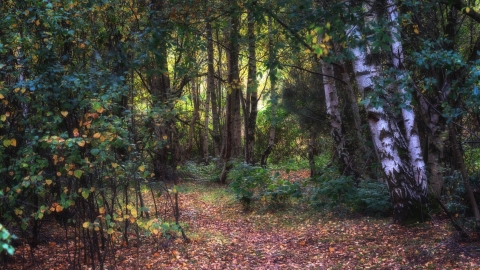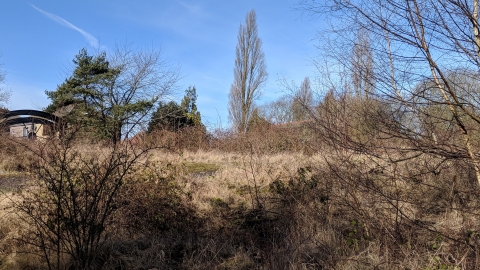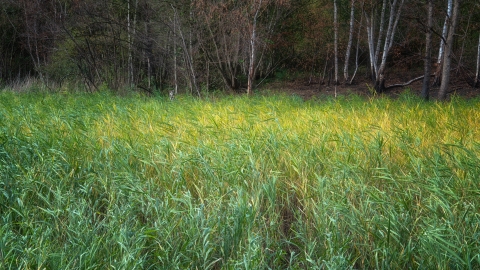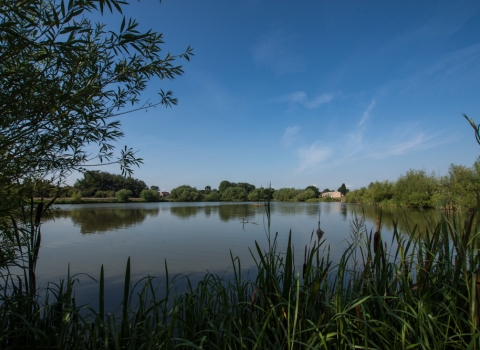
Credit Joyce James Photography

Louise Barrack

Credit Joyce James Photography
Claybrookes Marsh
Location
Know before you go
Dogs
When to visit
Opening times
Open at all timesBest time to visit
March to SeptemberAbout the reserve
Originally this reserve would have been grassland and a natural marsh but for much of the twentieth century it formed the railhead for Binley Colliery. As a result, a wide range of habitats have developed from the relics of the original marsh to bare ground and dry grassland. Later, industrial development was forestalled by discoveries of 49 nationally and regionally scarce insects, and the site was given SSSI status, saving it from destruction.
Explore the range of habitats and wildlife here on the paths that meander through the reserve. Bare ground provides a range of small, native plants making it a sanctuary for bees, wasps and beetles. In the grassland, flowers such as bird’s-foot trefoil and hare’s-foot clover and drifts of Yorkshire-fog attract local butterfly species such as marbled white and small heath. Look out for common spotted-orchid, yellow loosestrife and tutsan. Visit in June to see the dozen different dragonfly species flit across the small pools. Frogs, toads and smooth newts hide amongst the purple loosestrife, rushes and reeds.
Love wildlife? Become a member and make a difference on your doorstep
As a member, your subscription will help look after local wildlife and our amazing nature reserves across Coventry, Warwickshire and Solihull. You'll receive a range of benefits, including free entry to over 65 local nature reserves, with member only free car parks where available, and our Wild Warwickshire magazine three times a year.


